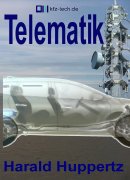
Bookstore
Exercises
Wheel change
Save Energy
History
Formulary

Ganz neu ...

Ganz neu ...
Hyundai
History
2015 i20 Coupť
2015 iX20
2015 Tucson
2015 i40
2014 i20
2014 Genesis
2013 i30 Coupť
2013 i10
2012 iX 35 Fuel Cell
2012 i30
2011 Veloster
2011 i40
2010 ix 20
2010 Genesis
2009 i20
2009 ix 35
1991 Pony
1991-1995 models
1996-1999 models
2000-2002 models
2003-2004 models
2005-2006 models
2007-2008 models
2009-2010 models
2011-2013 models
2013-2014 models
|
 Hyundai i 20 Hyundai i 20 |
|